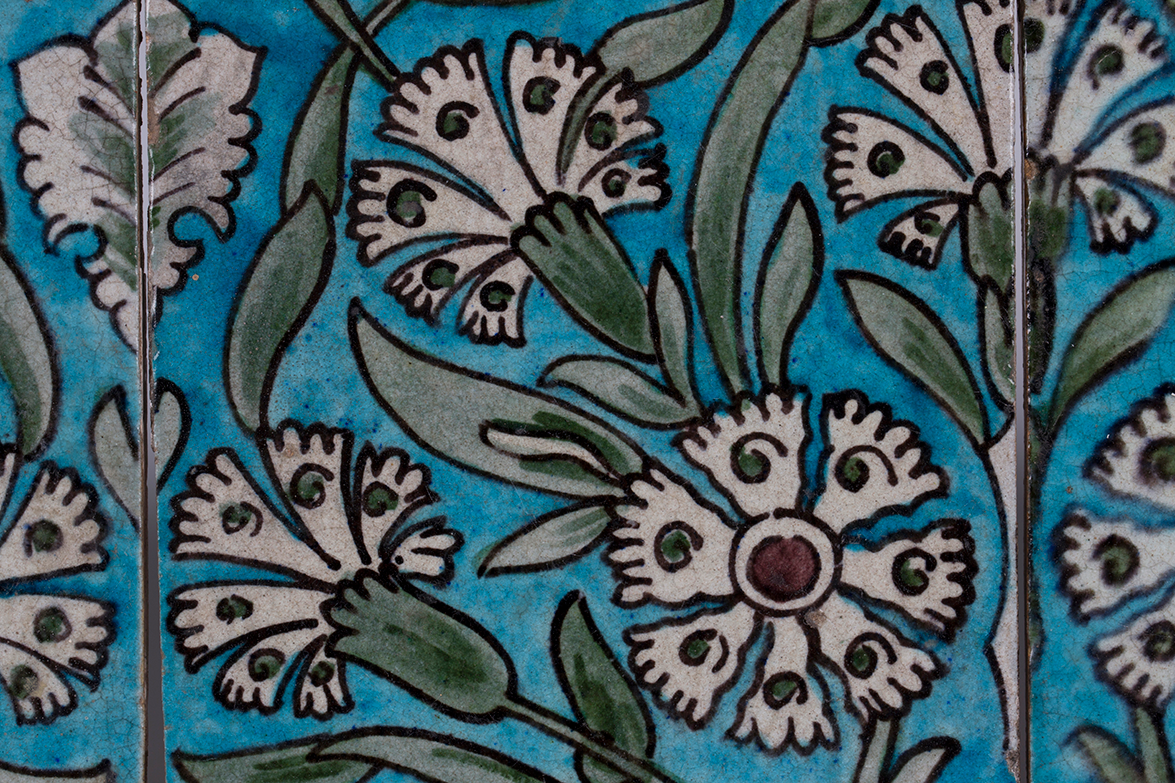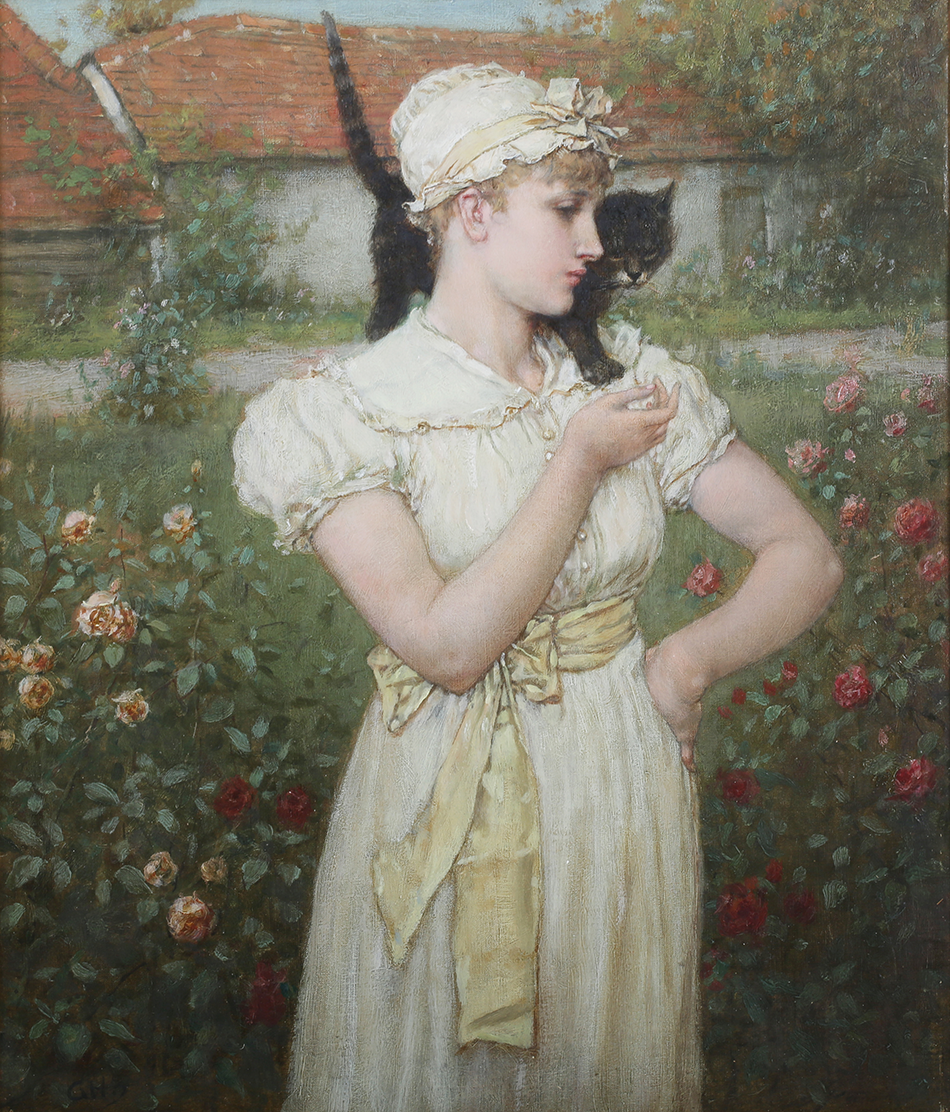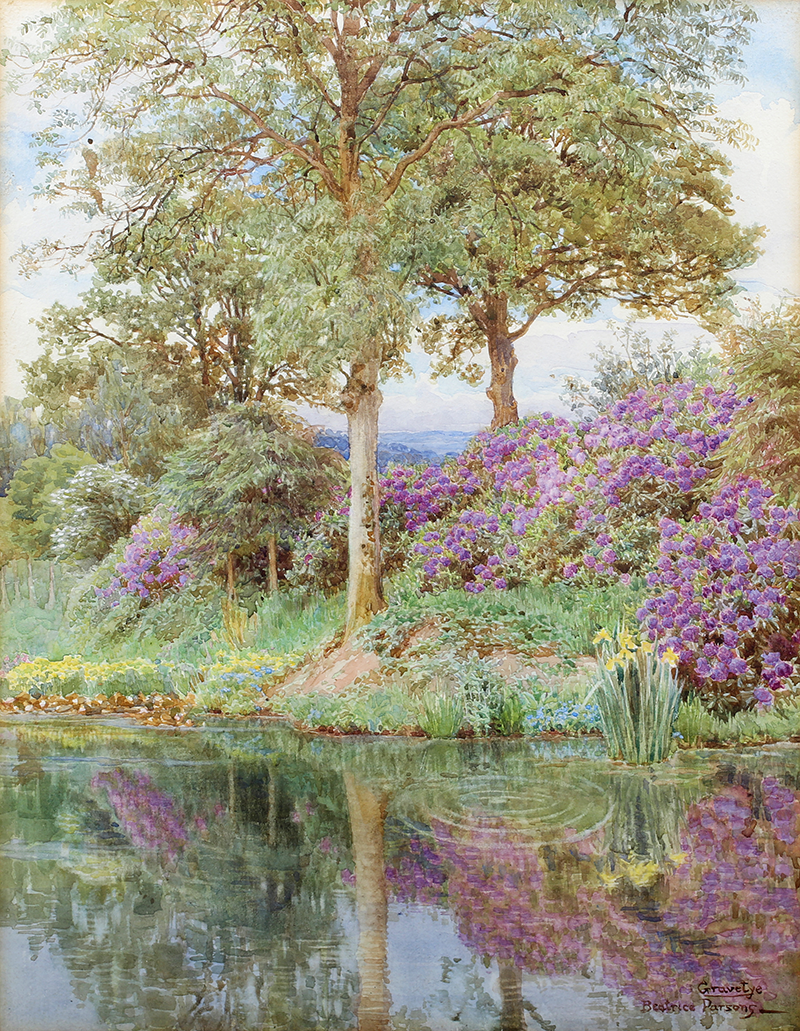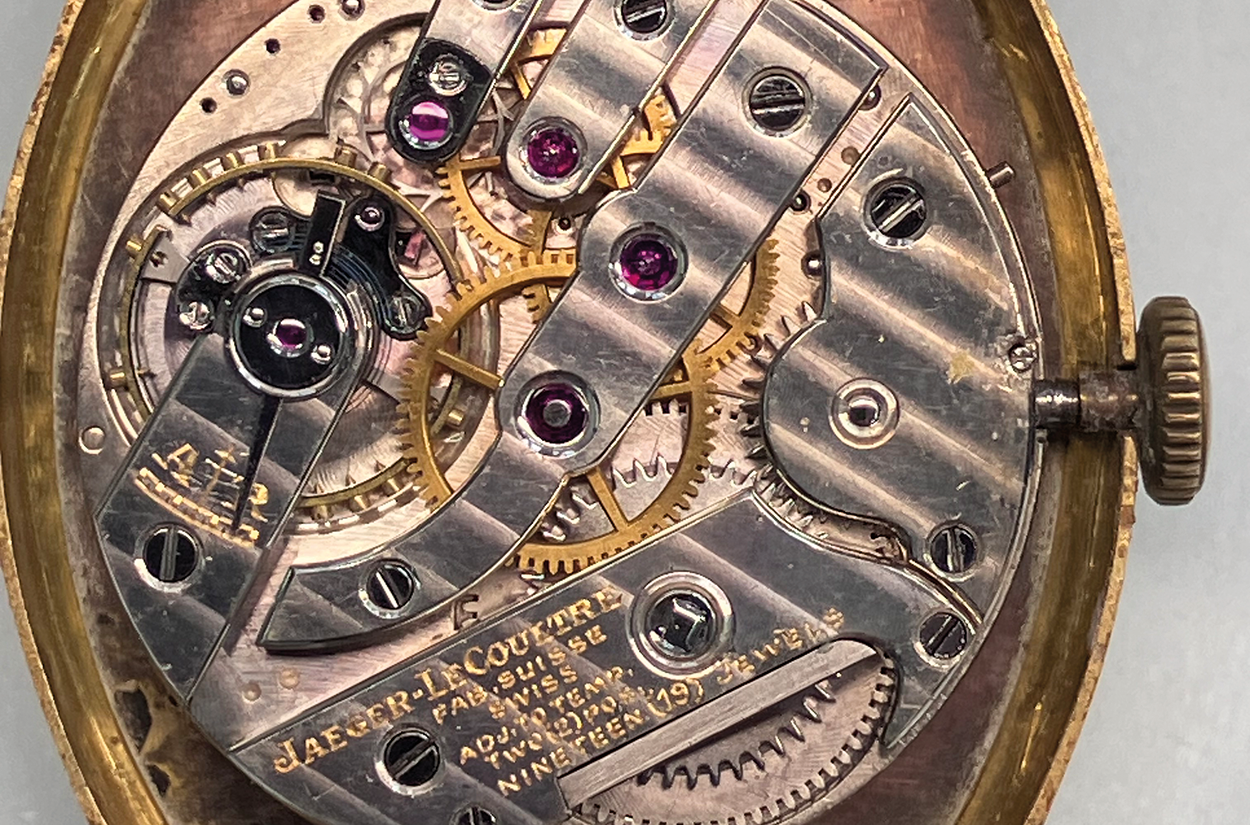
The English potter William de Morgan had a formative influence on the Arts and Crafts Movement. He trained at the Royal Academy of Arts. In the early 1860s he was associated with William Morris and the Pre-Raphaelite artists Edward Burne-Jones and Dante Gabriel Rossetti. He began to produce his famous tiles and pottery in London in 1869. In 1882 he moved his workshop to William Morris’s site at Merton Abbey on the River Wandle in south-west London where he stayed until 1888 when he set up a factory in Fulham.
Reacting against the Victorian fashion for 18th century style vases decorated with botanical studies, Chinese designs and the Gothic Revival, de Morgan found inspiration in the Persian and Hispano-Moresque. His tiles and vessels were decorated in lustre or the Persian palette of green, black and turquoise. The set of three William de Morgan ‘Moffatt’ pattern pottery tiles were made during de Morgan’s Merton Abbey period between 1882 and 1888. Painted in purple, green, brown and turquoise, they mirror the Persian Iznik patterns which were such an inspiration to de Morgan. The tile design is illustrated in ‘The Designs of William de Morgan’ by Martin Greenwood and these three tiles realised £950 at Toovey’s.

William de Morgan was a master of carefully integrated patterns, his designs included animals, fishes and Grecian ships. The subjects of these spirited motifs, although stylized, are clearly recognisable. They are rich in their effect as can be seen in the small Moonlight Suite triple lustre bowl painted with a lion beneath a band of hearts and leaves framed by the elegant border of stiff leaves. It sold for £1200 at Toovey’s. Passenger was a partner in the firm at Sands End, Fulham between 1898 and 1907 together with de Morgan, Frank Iles and Charles Passenger.
De Morgan’s distinctive art pottery, influenced by Middle Eastern motifs and the natural world, added beauty and colour to Victorian homes. William de Morgan ceramics, and Arts and Crafts pieces more generally including furniture, silver and metalwork, are highly sought after by collectors. William Rowsell is inviting entries for his next specialist Arts and Crafts auction at Toovey’s and is always delighted to share and discuss his passion for this field with collectors.







